Heritage Roofing
Heritage roofing - maintaining our iconic buildings
The UK is home to some of the most iconic buildings in the world, from stunning churches and cathedrals to historic stately homes. Each and every one of these remarkable feats of architecture requires regular maintenance to ensure they remain in the very best condition, allowing them to be enjoyed for generations.
Lightning Protection
When lightning strikes are you protected against this act of God?
The issue of lightning protection in churches is one that has exercised this publication for many years. In this four-part series of spotlights on the issue we will be revisiting various aspects of the subject, beginning with an overview of current thinking.
Traditional Lime
Lime: it’s better for buildings – and for the environment
It is now fairly well known that cement is not good for old buildings and that lime mortar should be used. But why? What are the advantages and what are the disadvantages? In order to begin to answer those questions it is necessary to understand the nature of traditional building, the process by which buildings used to be built, and how it differs from modern construction, the process by which we build today.
Audio Visual
Audio visual equipment in church buildings
This guidance is issued by the Church Buildings Council under section 55(1)(d) of the Dioceses, Mission and Pastoral Measure 2007. As it is statutory guidance, it must be considered with great care. The standards of good practice set out in the guidance should not be departed from unless the departure is justified by reasons that are spelled out clearly, logically and convincingly.
Read More...
CRE Events
Churches are coming under starter’s orders for CRE 25
Churches across the nation are beginning to make preparations for their visit to Christian Resources Exhibition’s CRE 25.
Insurance
You need to ensure that reasonable precautions are in place at your church to keep it safe for those who use it. To do this, you need to think about what might cause harm to people.
You will then need to decide if the precautions already in place are adequate. If they are not, you may need to identify further action to prevent any danger. When done formally, this is known as a risk assessment.
LPOW Grants
£23 million government package to support restoration of thousands of listed places of worship
Heritage Minister Sir Chris Bryant has announced that the Listed Places of Worship Grant Scheme will be extended into the next financial year, providing £23 million so that thousands of historical buildings, including churches, synagogues, mosques and temples, can carry out restoration work.
Lead Roofing
Lead is one of the oldest materials in the roofing industry and is still commonly used throughout the world today.
Lead roofing is a traditional roofing method which has been used in the industry for hundreds of years, and is therefore proven to be extremely reliable. Lead roofing, and sand-cast lead, in particular is ideal for old buildings such as churches or historical renovations, whereas milled lead roofing is a mass-produced alternative, used for precision and accuracy in homes and commercial buildings alike.
Home
Parishioners warm to an environmentally-friendly ‘first’ for a City church
With its roots in medieval England, the Parish Church of St Giles, Cripplegate, has stood the test of time. Now nestling in the heart of the Barbican Centre on the edge of the City of London, it serves both its local congregation and a wider community, with its renowned organ school and recording facilities frequently used by the BBC.
Read more: Parishioners warm to an environmentally-friendly ‘first’ for a City church







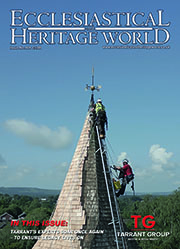

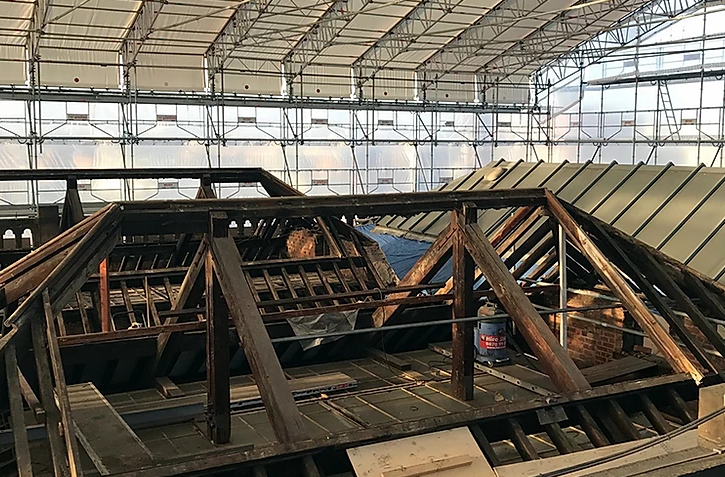





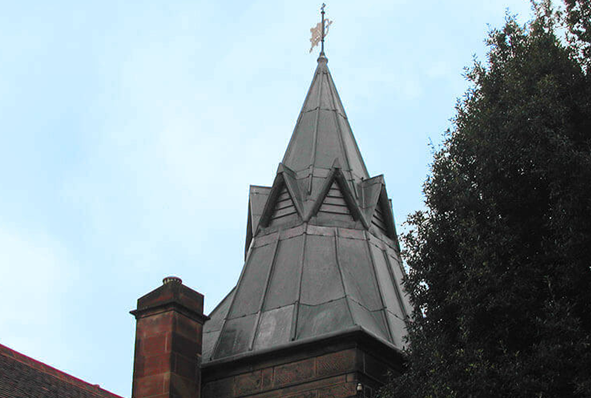


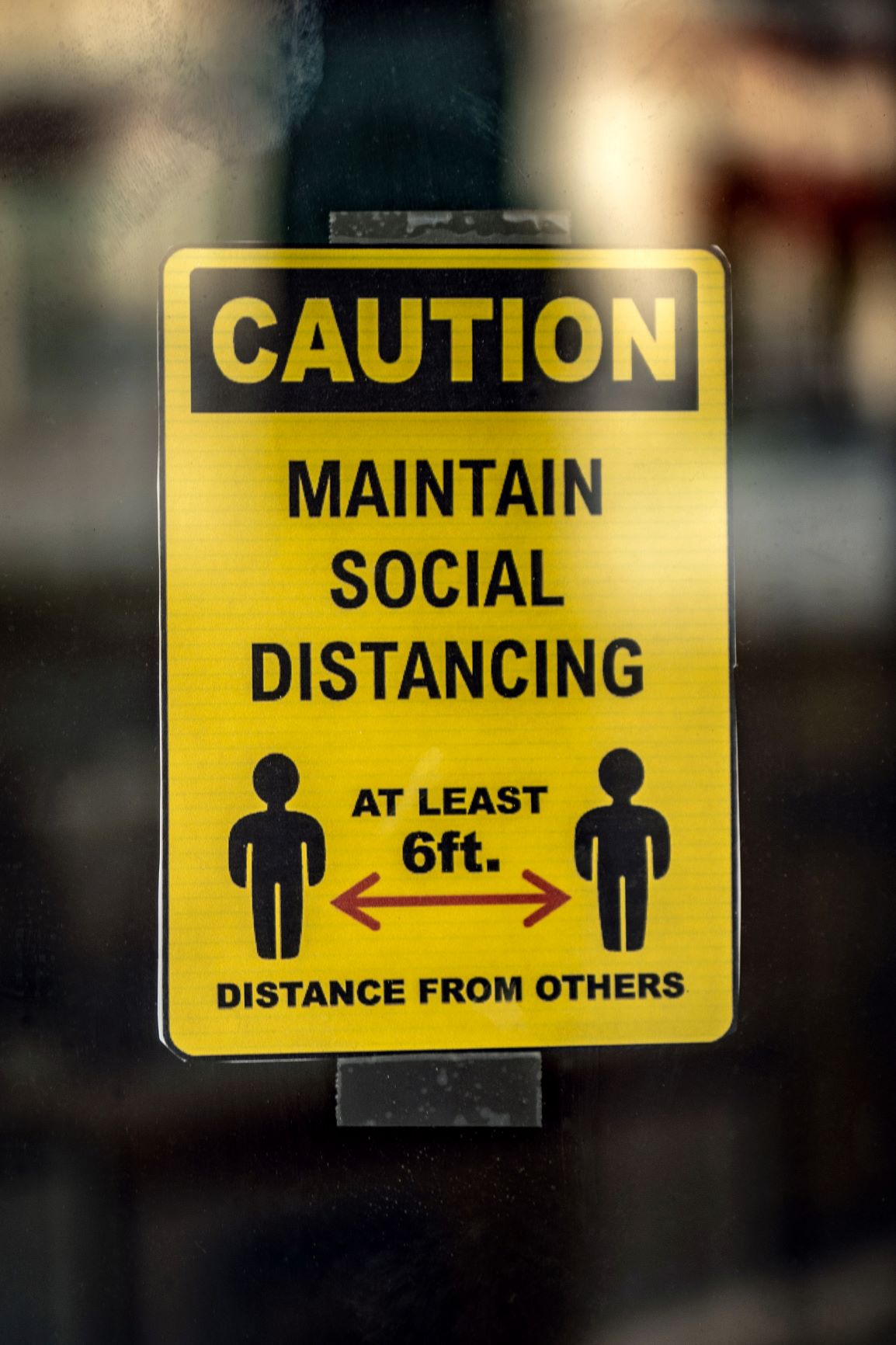 The Government, in partnership with Historic England, has issued
The Government, in partnership with Historic England, has issued 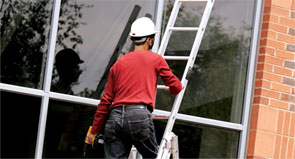 The working at height regulations cover all occupations and places of work, placing duties on the employers, employees, self-employed and persons who control the work of others.They apply to every work place and all occupations, including volunteers who offer their services at ecclesiastical and heritage sites, stately homes, castles and even zoo’s.
The working at height regulations cover all occupations and places of work, placing duties on the employers, employees, self-employed and persons who control the work of others.They apply to every work place and all occupations, including volunteers who offer their services at ecclesiastical and heritage sites, stately homes, castles and even zoo’s. At the end of June National Construction Training Services (NCTS) re-opened its training centre at Hoddesdon in Hertfordshire. The number of trainees attending each course is currently limited to a maximum of four in order to provide the recommended isolation distances. All candidates and tutors are being asked to wear the appropriate face masks during each training session and hand sanitiser is positioned around the training facility.
At the end of June National Construction Training Services (NCTS) re-opened its training centre at Hoddesdon in Hertfordshire. The number of trainees attending each course is currently limited to a maximum of four in order to provide the recommended isolation distances. All candidates and tutors are being asked to wear the appropriate face masks during each training session and hand sanitiser is positioned around the training facility. We hope you are all keeping safe and well during these difficult and testing times. As a result of the pandemic our event schedule for the year both nationally and regionally has been virtually wiped out and this will have a huge impact on our income and our ability to fund our charitable work.
We hope you are all keeping safe and well during these difficult and testing times. As a result of the pandemic our event schedule for the year both nationally and regionally has been virtually wiped out and this will have a huge impact on our income and our ability to fund our charitable work.

